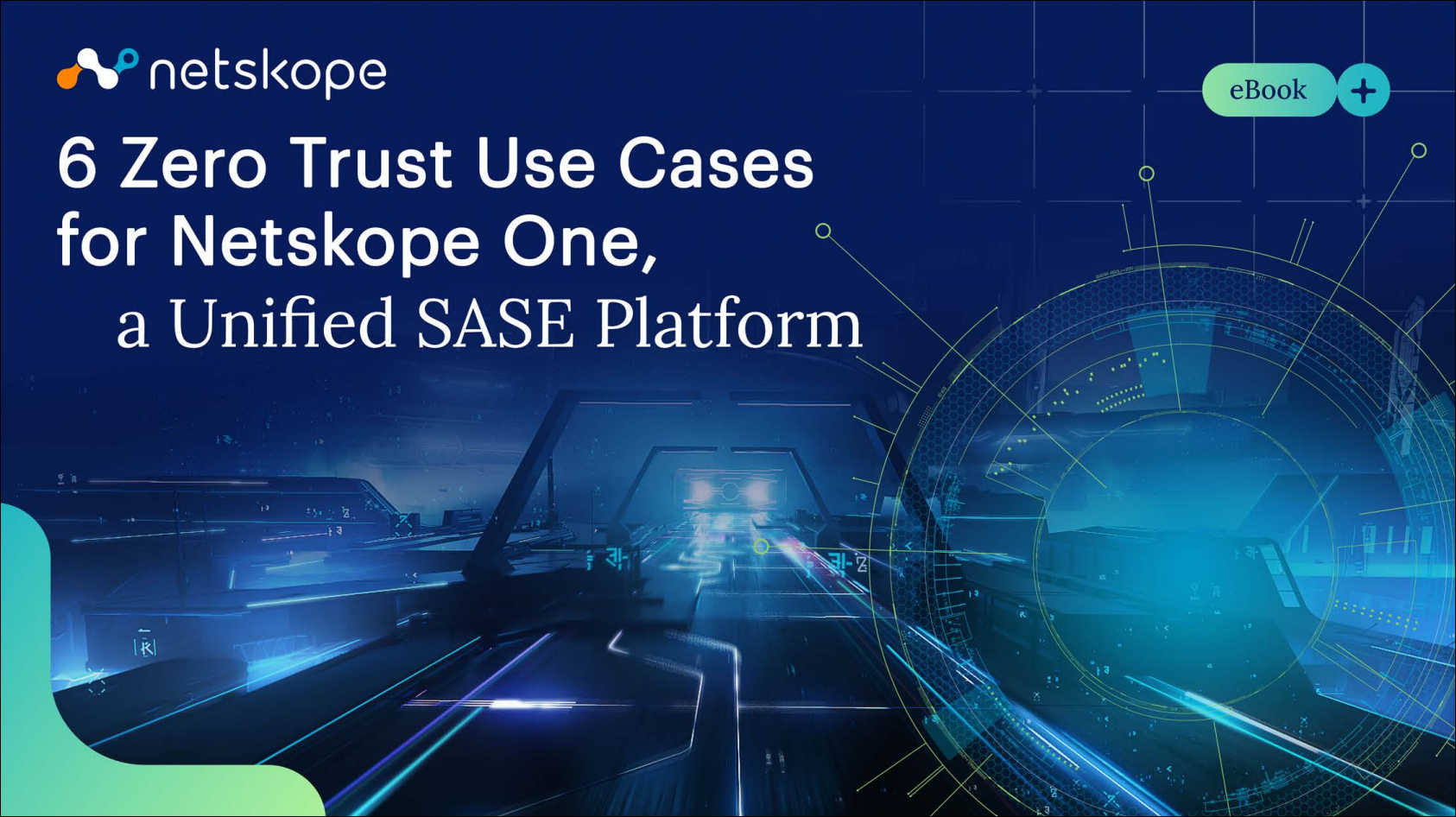
6 Zero Trust Use Cases for Netskope One, a Unified SASE Platform

Many networking and security teams today are tasked with supporting a hybrid work environment using collections of mostly legacy defenses. They are in an unenviable position, because when resources migrate to the cloud and employees to remote-work environments — as has happened at rapid scale since 2020, the onset of the COVID-19 pandemic — on-premises perimeter security and hardware-centric network segmentation are no longer effective.
As a set of principles, zero trust is a better approach for securing the assets of a modern organization. In the zero trust security model, users and devices must be authenticated for each new session, and they are granted access to only the resources they need. This least-privilege approach is supported by comprehensive security monitoring, through which user and asset activities, behaviors, and trends are continuously watched and analyzed.

